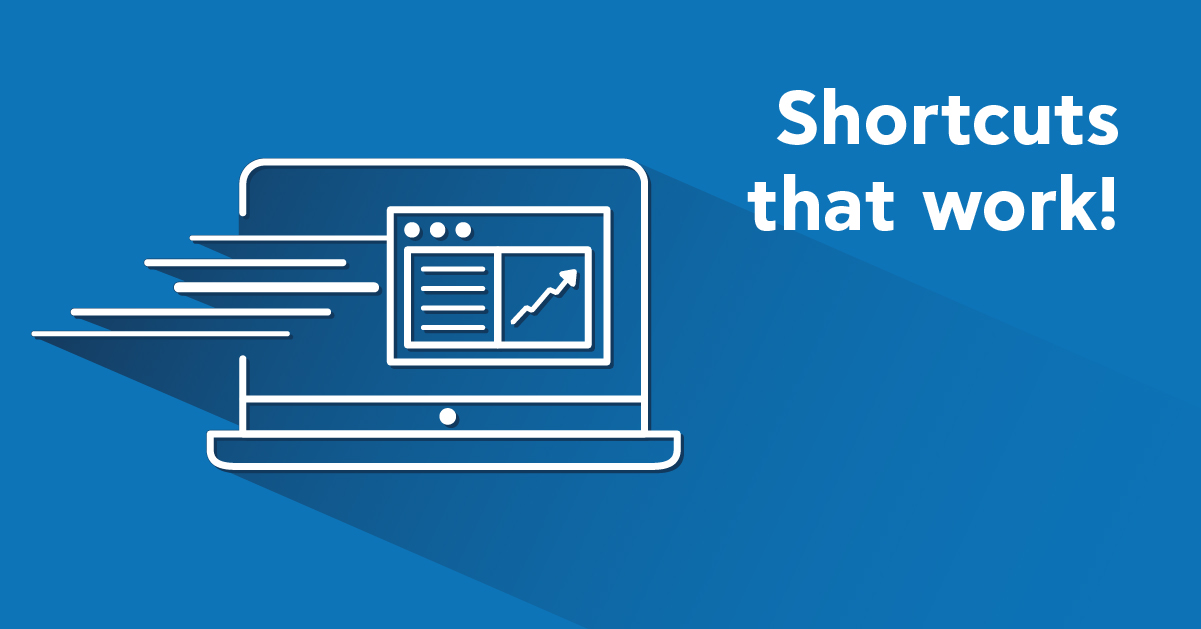Instructional designers are really becoming a one-man-band. If you are an instructional technologist, you must have worked in a team where you seek the assistance of a project manager who orchestrates the graphic designer, the interactivity programmer, the SME and you, to create one course within the span of three to four months.
Nothing “rapid” about that, as you can see. In this article, we will provide you with the skinny on rapid eLearning and how it makes an instructional designer a one-man-band.
Bersin and Associates in the year 2004 created the term “rapid eLearning”. They demonstrated that rapid eLearning is eLearning development that takes less than three weeks to develop.
The SME is the primary source of the content – this could be a research-based source, a spin-off from a lengthier course, knowledge of the instructional designer, or an expert’s. The content is usually ready in the form of Power Point slides.
The rapid eLearning development tools have general and some specific features of eLearning development. For example, assessment and feedback providing, community collaboration, learner and instructor tracking, and interactivity building are already available to the instructional designer. The top distinguishing factor of the rapid eLearning phenomenon is the completion time of the entire course in an hour or less.
Rapid eLearning Development Advantages
Traditional eLearning development is differentiated by the time and personnel needed to complete one course. A typical one hour of eLearning has approximately 73 to 220 hours of development behind it. But, an average eLearning course requires a maximum of 33 hours of development time.
Now that’s a significant time and resource differentiation! This time and resource reduction in essence is called “rapid eLearning” development.
It also makes this trend popular and widely adopted by large and small firms who want to manage their organizational knowledge in the form of ongoing-learning without the need of an external instructional development team. Hence saving costs, time and even turn-around rates.
Let’s look at the advantages closely:
- Rapid eLearning is a rapid response to an organization’s learning needs.
- It involves decreased development time because of the built-in tools available in the rapid eLearning development software or learning management systems.
- The learning curve is also short when using rapid eLearning development tools.
- In terms of affordability, both rapid eLearning development training and the cost to own and manage a rapid eLearning development system is significantly lower than outsourcing an eLearning program development.
- The ROI is consequently higher when adopting a rapid eLearning development course.
- Less development time is needed. Training responds to unique and immediate needs of managers.
- Rapid eLearning development systems enable greater control over maintenance and updates. And this can be done in-house! Compare this to the outsourced, standard eLearning projects, where external vendors would update and maintain an eLearning program with associated costs.
- Shorter training time leads to greater motivation to register and complete the training on time.
Rapid eLearning Development Disadvantages
One of the greatest disadvantages of rapid eLearning adoption is the lack of complete training to use rapid eLearning tools – leading to a less than desirable or professional look and feel of the eLearning programs.
Put it this way, if you achieve something quickly, you tend to compromise on quality by cutting some corners. Nowadays, instructional technology tools are so robust and user-friendly, that the quality of eLearning courses created truly depends on the degree of usage of the rapid training tools.
Too many times we see courses that had a previous life on Power Point slides but now have a new lease through rapid eLearning development tools. Where is the promised interactivity? Is the NEXT button the only interactivity you have? Is your new “rapid eLearning” course stuffed with irrelevant multimedia?
It is not uncommon for in-house training developers to create eLearning programs that are bursting with videos and animated objects in an attempt to look “professional”. This approach marks the greatest disadvantage of rapid eLearning development tools and programs.
How can you resist the urge to convert text-heavy Power Point content to text-heavy eLearning content?
If you remember to incorporate just one winning feature in your future rapid eLearning course, you can counteract many problems associated with in-house rapid eLearning development. This winning feature is called Storytelling.
You need to look around your work environment to capture stories that occur daily in the form of events, incidents and accidents. Create a storyline based on daily events. Who are the people involved? A manager, a sales representative, a new hire, a business developer or a technical expert?
Create the story around these characters that exist in your organization. Now embed the content around the story and your characters. Rapid eLearning development tools have character, background, action, interaction and many other capabilities.
Convert your storyline into powerful eLearning scenarios using these tools. And while you are at it, enjoy naming your characters and developing their characteristics.
Tell your learners about your characters. This approach is not very different from comic writing or play-writing. Involve the team that needs to be trained to get ideas about storyline and characters. Bring your text-heavy content to life by having real-life characters enacting mistakes and finding the right solution.
This strategy is the secret behind professional looking standard eLearning programs. A little creativity and a trip beyond the comfort zone knowledge of rapid eLearning development tools will alleviate any perceived or forecasted disadvantage.
Your best Strategies for Rapid eLearning Development
1. The Four Questions
Before beginning the rapid eLearning development project for your organization, ask the following four questions:
i) What skill, behavior or attitude do the learners need to master?
ii) Within what time frame?
iii) Is there any pre-existing content or does the knowledge exist within managers and other experts within the team?
iv) Which authoring tool is suitable for this project?
While the answers to the first three questions are readily available, the last one can be tricky. Avoid getting overwhelmed by the quantity of rapid eLearning development tools available. You can try your hand with our easy to use TalentLMS.
2. Conquer the Content
Don’t get bogged down into the details of your text-heavy Power Point slides or PDF. Don’t let it overwhelm you. Have the target team’s manager that needs training divide the content into:
- Mandatory: This will become the learning objectives of your rapid eLearning program. This content will appear in the form of character dialogues and interactive feedback. Your formative assessments (assessment at the end of each chapter) will comprise of mandatory content.
- Good to know: This content will support the mandatory content. It will be used for “drill and practice” or reinforcement exercises. The material will be present in the summative assessment (a summary-type exam that is comprehensive and occurs at the end of a unit).
- Extra resources: This content will be available at the end of a chapter or a unit in the form of “Resources”.
- Keywords: These will be explained as one-liners at the end of the unit as “Glossary”.
Your best bet is to create one main character that guides your learners to knowledge resources and through feedback. Create one storyline for each chapter and have the characters explain the practical use of the content to the learner.
Let the characters do the narration. Transport your learners to the real-world scenario as a LIVE experience. Capturing and retaining learner attention is the main forte’ of an eLearning program. Stories and a game-like learning environment are definitely something to look for.
Now that you have conquered the content by dividing it into the right categories, what’s next?
3. Explore the Interactivity Features Of Your Rapid eLearning Development Tool
Now that you have the content lined up and your storylines ready, it’s time to bring them to life. Learning how to set interactions, enable learner actions and capturing learner-variables is the key to accomplish rapid eLearning programs in the most professional manner.
Most rapid eLearning development tools provide these three capabilities with minimal coding for novice and some coding for advanced eLearning developers. Let’s look into these capabilities:
- Interactive graphic user interface: If you have used templates for Power Points, you are definitely familiar with the satisfaction associated with the clean look and smooth navigation. Rapid eLearning tools offer a multitude of templates and navigation themes to choose from. This allows you to not design your own navigation system, saving your precious time. A simple graphic user interface is necessary for locating topics easily. The goal is to avoid the “lost” feeling your eLearners can feel when navigating your course.
- Customizable actions: Actions and reactions in an eLearning program give a sense of power and control to the eLearner. Have the learners click on images to have an explanatory text pop out. Or provide opportunities to select different options that lead to different consequences. Your rapid eLearning development tool will have many action choices with customizable parameters.
- Managing learner variables: Clicking a button or hovering a mouse, entering text or selecting an option, all these generate variables that need to be captured and lead to the correct response. While this may sound complex, it really isn’t. Your rapid eLearning development tool will have plenty of support in the form of the Help menu.
When you combine actions and variables, you create a situation and you propel your story towards its goal. The more you use these capabilities, the more ideas you will get to improve interactivity and emulate the work-context of your learners. You can also create learning-goal based games using these rapid eLearning capabilities in less time.
This article focused on strategies to minimize the disadvantages associated with rapid eLearning development tools so that you can capitalize on its advantages. The key is to understand the use and function of most features of your newly purchased rapid eLearning development tool. Seek the help of the support staff of your tool by sharing with them the screenshots of your problems. You will be surprised at how quickly you can resolve your issues in this manner.
Do share with us your rapid eLearning development experiences.

| Tags: Rapid eLearning

